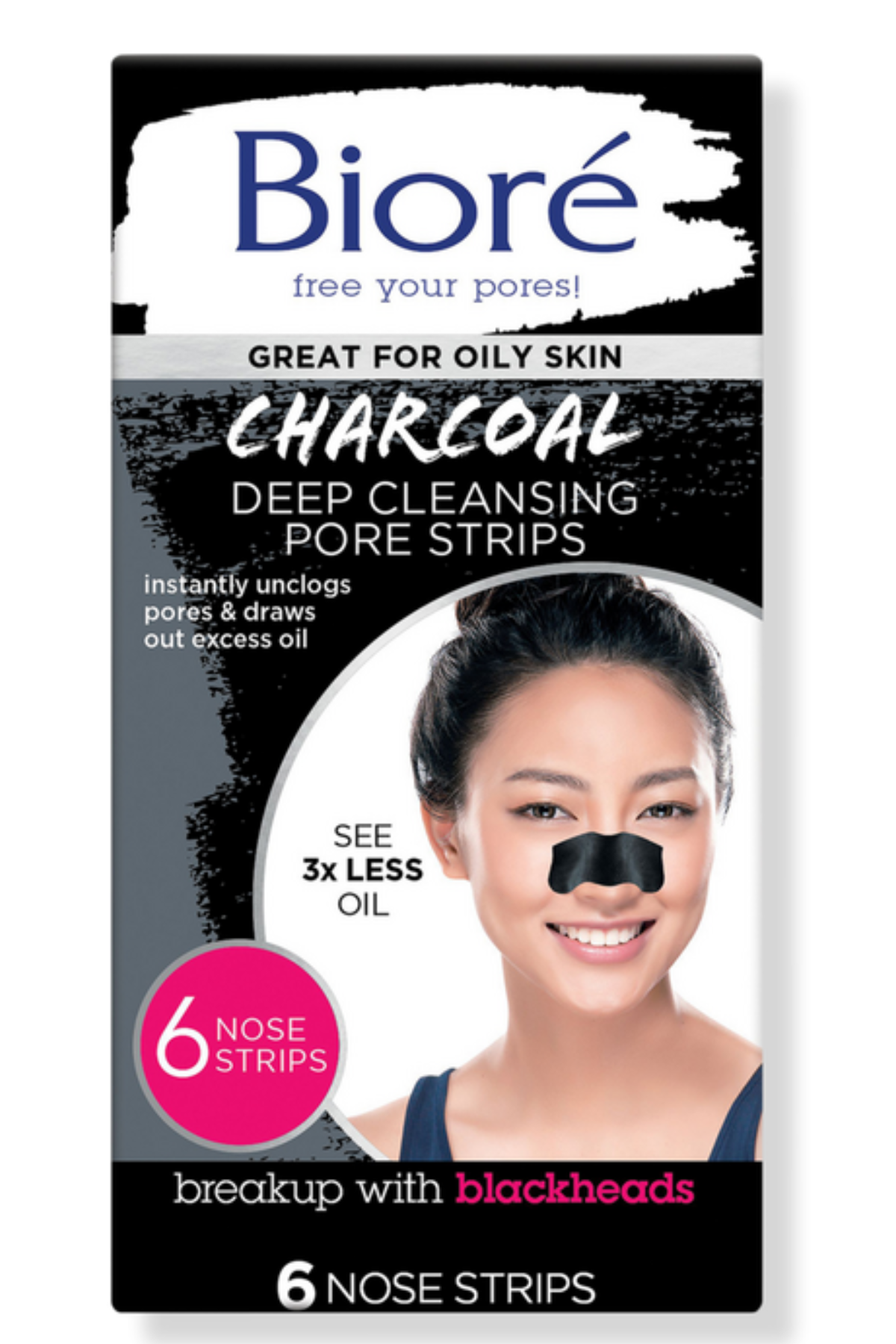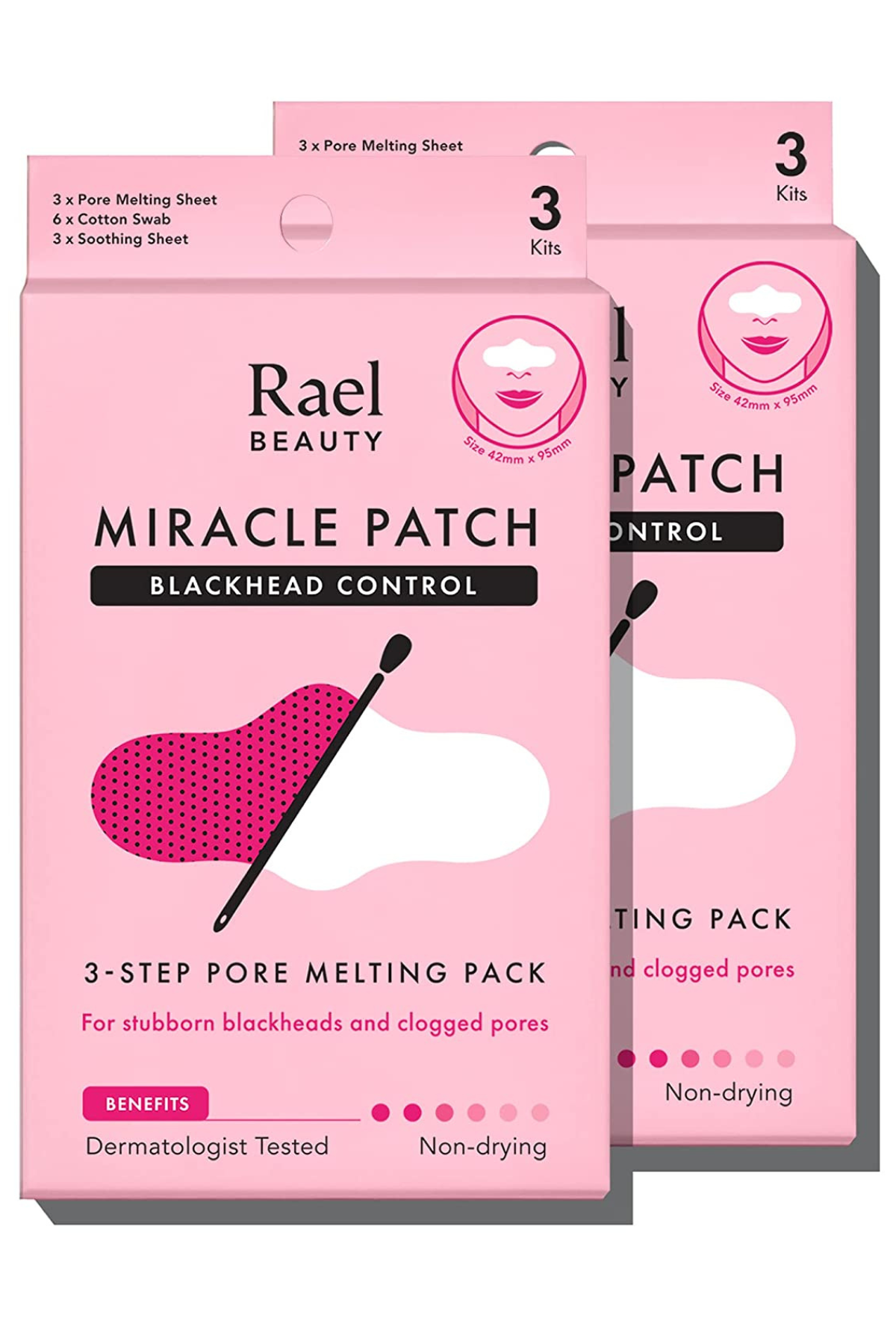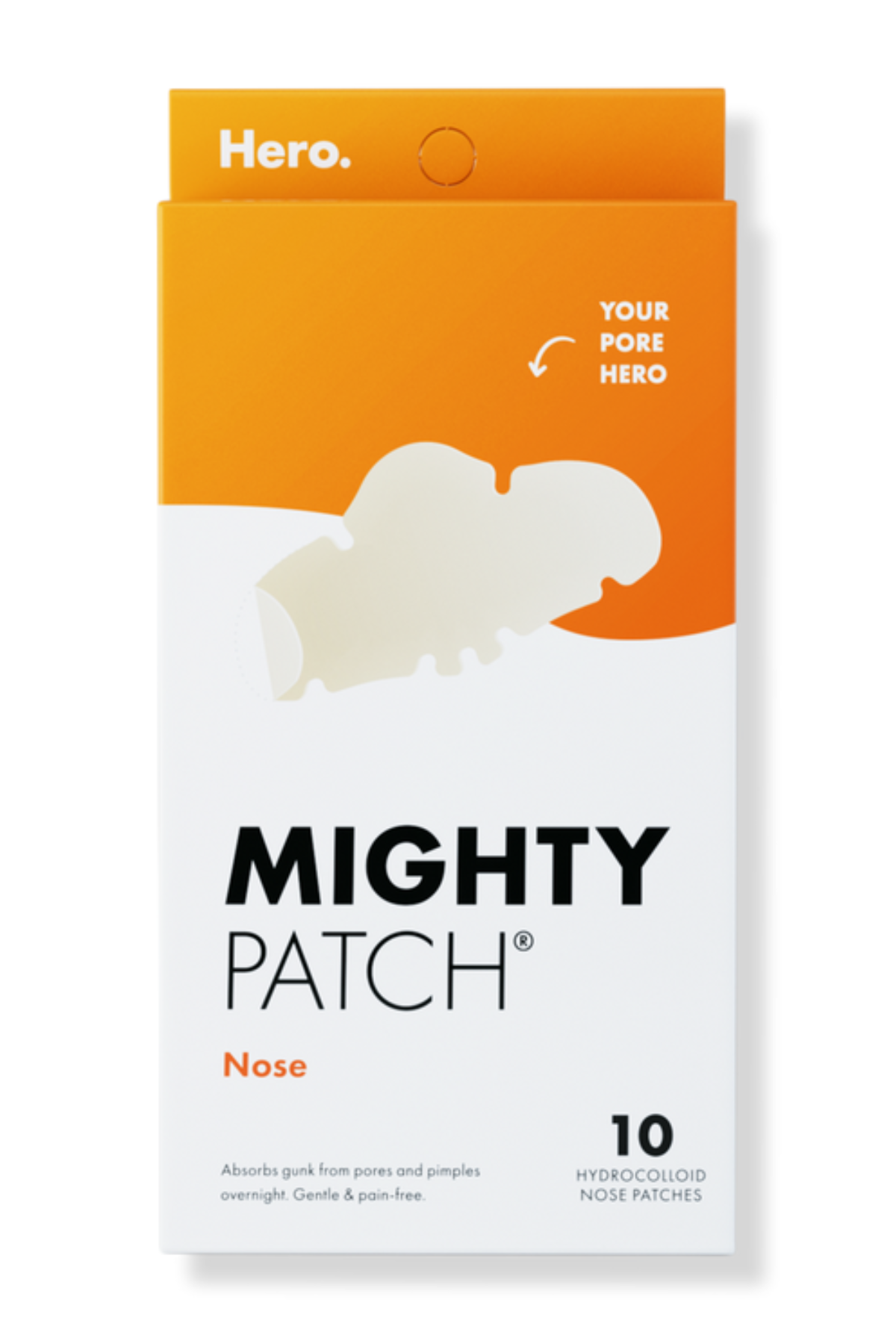Discovering Your Ideal Pore Strip - A Skincare Guide
Wanting skin that looks clear and feels smooth is, you know, a very common wish for many people. Those tiny dark spots that sometimes show up on our noses or chins, often called blackheads, can be a bit of a bother. Finding a simple way to address them is something many of us consider, and that's where things like pore strips sometimes come into the picture. They offer what seems like a quick solution for those visible pore concerns, pulling out what makes them look clogged.
There are, you know, so many different products out there that promise to help with skin appearance. Pore strips have become a rather popular choice for those looking for a fast way to get rid of some of those little blemishes that can make skin look less than its best. People often wonder if these strips actually do what they say, or if there's a trick to using them properly to get the most benefit. It's about figuring out what works for your own skin and how to use tools like these in a way that is kind to your complexion.
This information here will, in a way, walk you through the world of pore strips. We will look at how they function, what kinds you might find, and some good ways to use them for a better skin appearance. We will also talk about what to keep in mind when picking one, and how to care for your skin after you have used a strip. It's about making choices that fit your skin's needs.
- Does Alexis Bledel Have Kids
- Jfk Jr And Carolyn Bessette Photos
- David Gallagher And Megan Fox
- Amber Rose Wedding
- Karen Swift Kids
Table of Contents
- What are these strips, anyway?
- Are pore strips right for your skin?
- How do you use the best pore strip for great results?
- Different kinds of best pore strip options
- What should you look for in a best pore strip?
- Beyond the best pore strip - other ways to help
- Do pore strips hurt your skin?
- After using your best pore strip
What are these strips, anyway?
Pore strips are, you know, small pieces of fabric or paper, often shaped to fit areas like the nose or forehead. They have a special adhesive on one side. When you put this adhesive side onto your skin, it sticks to the surface. The idea is that as the strip dries, it hardens and sticks to whatever is sitting on the very top of your pores. This includes things like dead skin cells, excess oil, and those little dark plugs that make up blackheads. So, when you pull the strip off, these things come with it, making the skin appear clearer. It's a bit like using tape to pick up dust. The adhesive is strong enough to grab onto these small bits without, in theory, causing too much trouble for the skin itself. The process relies on the strip becoming firm as it dries, which creates a sort of vacuum effect as it is lifted away from the skin. This physical action is what makes them seem so effective at clearing out the surface of the pores. People often feel a sense of satisfaction when they see what comes off the strip, though it's worth remembering that these strips only address the very top of the pore's contents, not deeper issues. They are a quick visual fix, you know, rather than a long-term treatment for skin health. They are, in some respects, a very direct approach to skin concerns that are right there on the surface.
Are pore strips right for your skin?
Figuring out if pore strips are a good choice for your skin type is, like, a pretty important step. Not every skin type reacts the same way to these products. For people with skin that produces a lot of oil, or those who get a lot of blackheads, pore strips might seem like a natural fit. They can help remove some of that surface buildup that makes pores look bigger or more noticeable. However, if your skin tends to be on the drier side, or if it gets red and irritated easily, you might want to be a little more careful. Pulling off a strip can be a bit harsh on skin that is already delicate. People with certain skin conditions, like rosacea or eczema, or those who use strong skin care products that make their skin more sensitive, might find that pore strips cause more problems than they solve. For example, if you are using a topical cream that causes skin to peel or be very thin, a pore strip could, actually, remove too much. It's usually a good idea to test a small area first, just to see how your skin reacts. This way, you can avoid any big surprises. The goal is to help your skin, not to make it feel worse, so choosing a method that respects your skin's natural state is, you know, something to consider. Finding the best pore strip for you means knowing your own skin first.
How do you use the best pore strip for great results?
To get the most out of your pore strip, there are, you know, a few simple steps to follow. First off, you want to make sure your face is clean. Wash your face with a gentle cleanser to remove any dirt or makeup. This helps the strip stick better and allows it to work more effectively on the pores. After washing, it's often suggested to make the skin on your nose or the area you are treating a little damp. Some people do this by splashing a bit of warm water, or even holding a warm, damp cloth to the area for a moment. This warmth can help open up the pores just a little, making it easier for the strip to do its job. However, you don't want the skin to be soaking wet, just damp enough for the adhesive to activate. Then, you apply the strip, making sure to press it down firmly so it has good contact with the skin. Smooth out any air bubbles, too. You then wait for the time suggested on the product's package, which is usually about 10 to 15 minutes. During this time, the strip will dry and stiffen. When it's time to remove it, peel it off slowly and carefully, starting from the edges and pulling towards the center. This steady, gentle pull is usually better than a quick rip, as it can help reduce any discomfort. Looking for the best pore strip often means finding one that comes with clear, easy-to-follow instructions.
- What Is The Good Shampoo For Falling Hair
- Brenda Song Birthday
- Bridgette Wilson Husband
- Lou Diamond Phillips Arrested
- Amber Rose And Val Chmerkovskiy Relationship
Different kinds of best pore strip options
When you go looking for pore strips, you might notice that there are, you know, several types available, each with slightly different ingredients or approaches. Some of the most common ones are those that use charcoal. Charcoal is a popular ingredient in skin care because it is thought to help pull impurities from the skin. So, a charcoal pore strip might aim to not just physically remove things, but also to draw out excess oil from the pores. Then there are hydrocolloid strips. These are a bit different; they are often clear and gel-like, and they work by absorbing fluid. While they are often used for pimples, some are shaped for larger areas like the nose and can help draw out pus or fluid from blemishes, which might include some types of pore blockages. These are generally considered to be a little more gentle than the traditional peel-off strips. You might also find strips that contain ingredients like witch hazel, which is known for its toning properties, or tea tree oil, which has some clarifying effects. The choice of which kind of strip to use often depends on what your skin needs. If your skin is sensitive, a hydrocolloid option might be a gentler way to go. If you are looking for that strong physical pull, a traditional charcoal or clay-based strip might be what you prefer. It's about finding the best pore strip that aligns with your skin's particular sensitivities and concerns, so, you know, you get the results you are hoping for.
What should you look for in a best pore strip?
When you are trying to pick out a pore strip, there are, you know, a few things you might want to keep in mind to make a good choice. First, think about the ingredients. Some strips contain alcohol, which can be drying for some skin types, especially if your skin is already prone to dryness or sensitivity. If you have sensitive skin, you might want to look for strips that say they are gentle or made for sensitive skin. Some strips also include things like salicylic acid, which is a common ingredient in products for skin that breaks out, as it can help clear pores. If you are looking for a little extra help with breakouts, this might be something to consider. Also, think about the shape and size of the strip. Most are made for the nose, but some brands offer strips for the forehead or chin. Make sure the strip will fit the area you want to treat properly. Reading reviews from other people can also be very helpful. They can give you an idea of how well a particular strip works for different skin types and what kind of experience others have had. What works well for one person might not be the ideal choice for another, so, you know, gathering information is smart. The best pore strip for you will probably be one that has ingredients that agree with your skin, fits the area you need to treat, and has good feedback from people with similar skin concerns. It's about finding a product that feels right and gives you the results you are looking for without causing any unwanted irritation.
Beyond the best pore strip - other ways to help
While pore strips can be a quick fix for surface-level concerns, they are, you know, just one piece of the puzzle when it comes to keeping your skin looking its clearest. For a more lasting approach, thinking about your daily skin care routine is, actually, pretty important. Regular cleansing is a basic but very important step. Washing your face twice a day helps remove dirt, oil, and makeup that can clog pores over time. Using a gentle cleanser that suits your skin type is usually the way to go. Exfoliation is another helpful method. This involves removing dead skin cells from the surface of your skin. There are physical exfoliants, like gentle scrubs, or chemical exfoliants, which use acids like salicylic acid or glycolic acid to loosen dead skin. These can help keep pores clear by preventing buildup. Clay masks are also a good option. They can help absorb excess oil and draw out impurities from the skin, which can make pores look smaller and less noticeable over time. Unlike pore strips, which offer a quick pull, masks often work by drawing things out more slowly and deeply. Staying hydrated and having a balanced diet can also, in some respects, support healthy skin from the inside out. It's about creating a comprehensive routine that addresses the root causes of pore concerns, rather than just treating the surface. The best pore strip can be a part of this routine, but it usually works better when paired with other consistent skin care habits.
Do pore strips hurt your skin?
A common question people have about pore strips is whether they, you know, might cause any harm to the skin. For most people, when used correctly and not too often, pore strips are generally safe. However, because they work by sticking to the skin and then being pulled off, there is a possibility of some irritation, especially if your skin is on the sensitive side. The act of pulling can sometimes remove more than just blackheads; it can also pull off some of the very top layer of skin cells, which are there to protect your skin. This can leave the skin feeling a little raw or red for a short time. If you use pore strips too frequently, or if you have a skin condition that makes your skin fragile, you might notice more redness, dryness, or even tiny broken blood vessels in some cases. It's also important not to use them on skin that is already broken, irritated, or sunburned, as this could cause more problems. If you feel a lot of pain when removing a strip, or if your skin looks very red and stays red for a long time afterward, it might be a sign that the strip is too harsh for your skin. Listening to your skin's signals is, you know, very important. If a product causes discomfort, it's probably not the best choice for you. Finding the best pore strip means finding one that does its job without causing undue stress to your skin's surface.
After using your best pore strip
Once you have used a pore strip and removed it, the skin on that area, you know, might feel a little bit exposed or even a tiny bit sensitive. It's a good idea to follow up with some gentle skin care to help your skin feel comfortable again. First, you might want to rinse the area with cool water to remove any leftover adhesive or residue from the strip. Cool water can also help to calm the skin and make pores appear a little tighter. After rinsing, applying a soothing product is usually a good next step. This could be a gentle toner that does not contain alcohol, or a hydrating serum. Products with ingredients like aloe vera or hyaluronic acid can be very helpful because they provide moisture and help calm the skin. Following this with a light, non-comedogenic moisturizer is also a good idea. Non-comedogenic means it is less likely to clog pores, which is important when you are trying to keep them clear. This step helps to put moisture back into the skin and support its natural barrier. It's about being kind to your skin after it has gone through the process of having something pulled from its surface. Avoiding harsh products or too much sun exposure right after using a strip is also wise. Giving your skin a little extra care after using what you hope is the best pore strip can help keep it looking and feeling its best.
This information covered what pore strips are and how they work, along with how to use them for good results. We also looked at different kinds of strips and what to consider when picking one out. Plus, we talked about other ways to help your skin and what to do after you have used a strip to keep your skin feeling good.
- Amber Rose Wedding
- Marvin Harrison Jr Gf
- Amber Rose And Val Chmerkovskiy Relationship
- Susan Olsen From The Brady Bunch
- Justin Bieber Beard

The 7 Best Pore Strips, According to Dermatologists and Editors | Marie

The 7 Best Pore Strips, According to Dermatologists and Editors | Marie

The 7 Best Pore Strips, According to Dermatologists and Editors | Marie